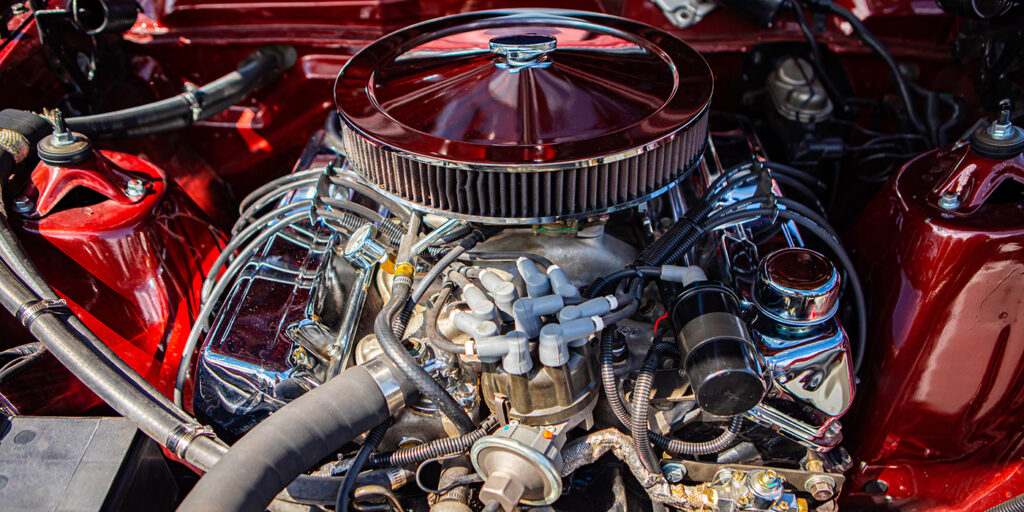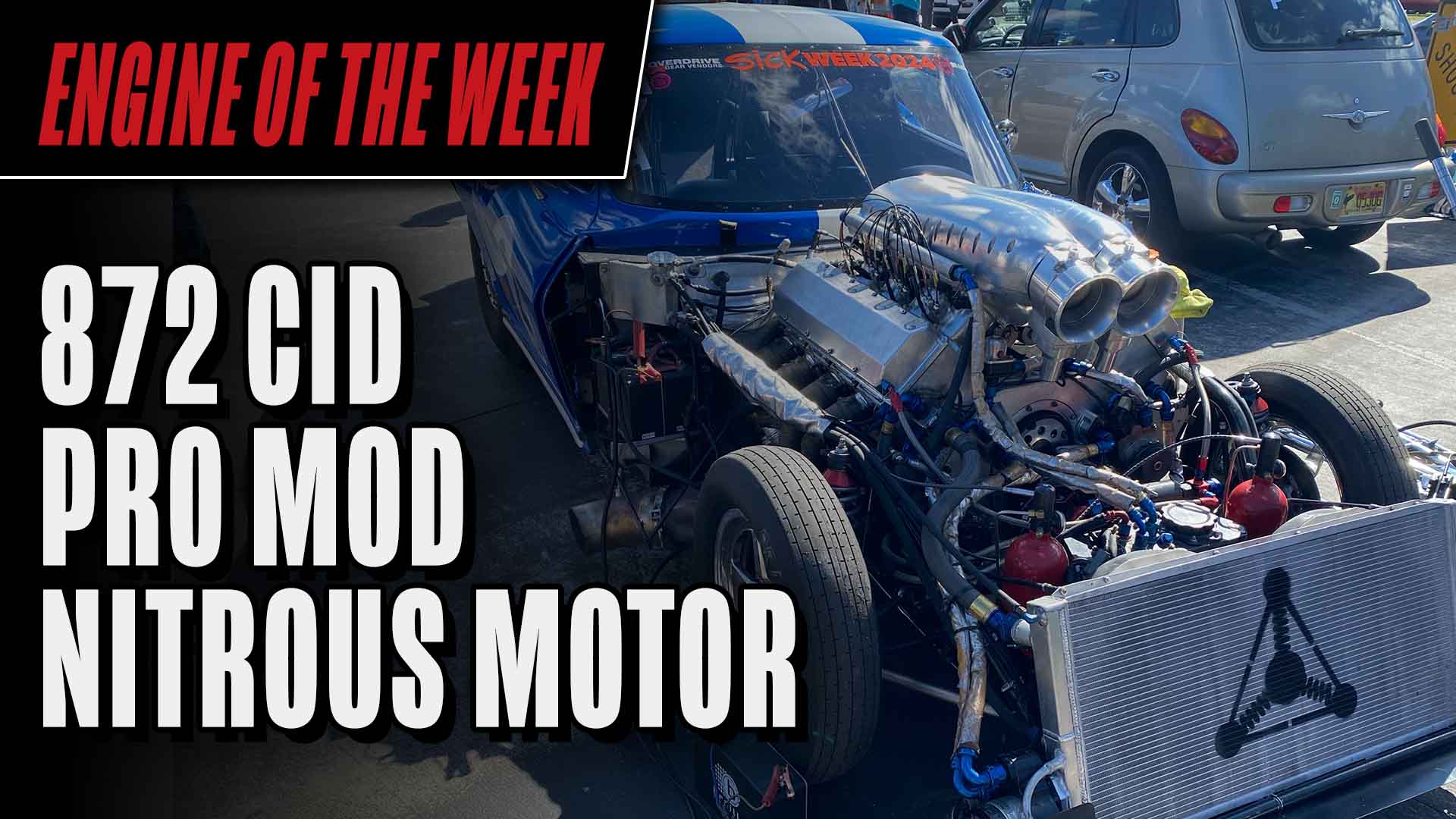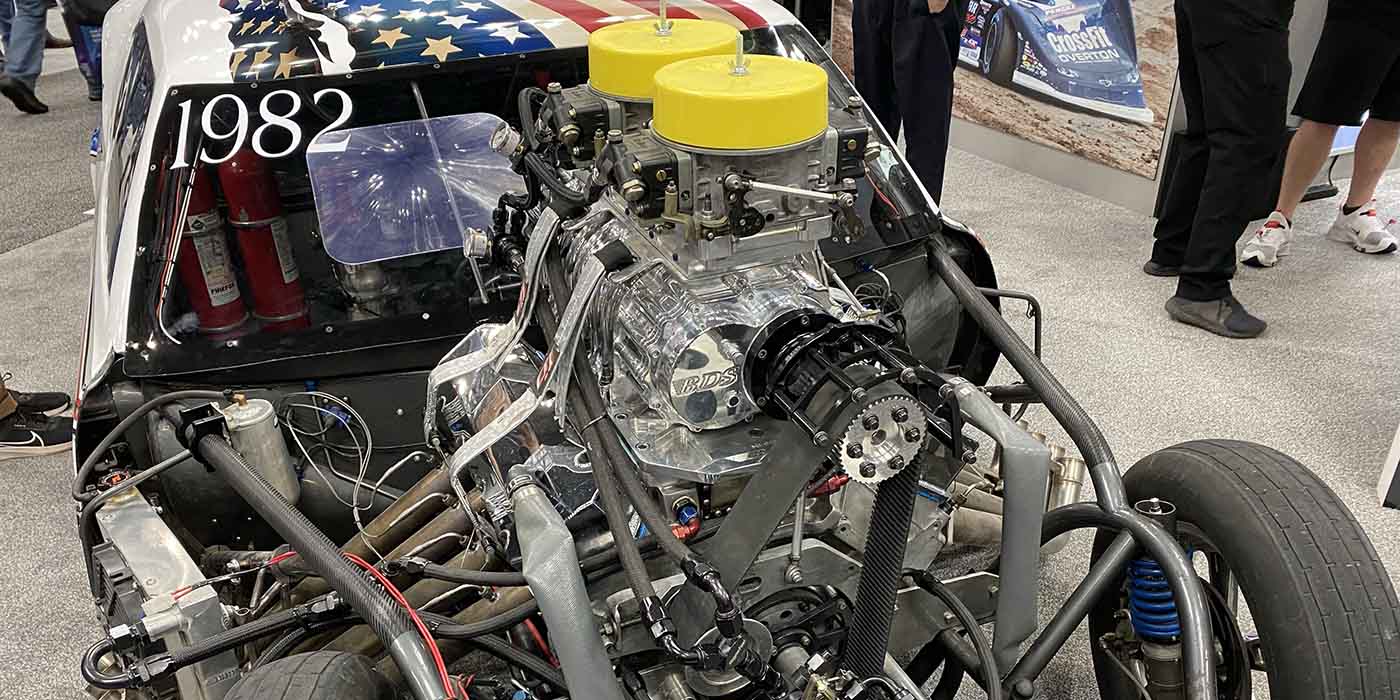We may never know if the chicken or the egg came first, but we do know the car was here before the drag race, though not by much. It didn’t take long before early cars were lining up, side-by-side, and drag racing became a thing.
Ford’s flathead V8 came next, and the decade of the hot rod began. Drag racing went wild. The NHRA was formed, and that’s right about the time things started stirring in Detroit. The potential was clear, and they wanted a piece of the action. Enter the decade of the muscle car.
The now-classic cars that originated the term were more than just muscle. They were beauty, passion and power, and they represented the freedom of the automobile in a style that has never been duplicated.
By the early ‘70s, performance began to slip, and in the emissions decades that followed, we stumbled around in the dark trying to figure out how to appease the EPA, yet still make a respectable street machine. The performance wasn’t there comparatively, but the passion still was, and style kept the muscle car alive through the ‘70s.
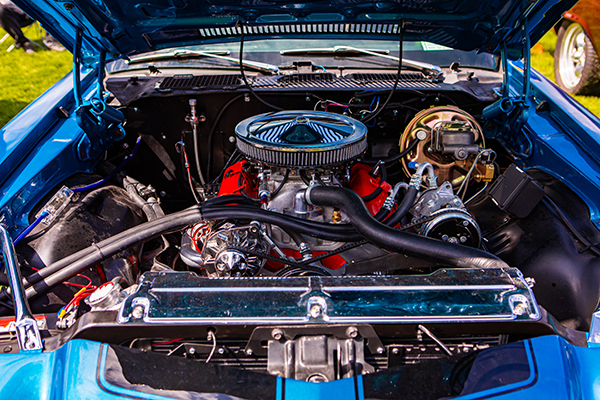
Finally, after struggling through a couple decades of crash-me cars, loaded with ABS, airbags, and just about everything except good looks and decent performance, we rounded the corner into a new century, where GM’s LS, Ford’s Coyote, and Mopar’s Gen III Hemi engines brought back performance and ignited the muscle car war all over again.
The battle for bragging rights on the drag strip is stronger than ever with these new engine platforms and engine builders are pushing horsepower to limits never thought of in the past, with events such as Drag Week, Rocky Mountain Race Week, LS Fest, and Sick Week providing a stage for engine builders to pull out all the stops.
Back in the early ‘90s, Dan Jensen and Bob Boden decided to put together a drag racing event like none other. Their goal was to keep alive the legacy of original muscle cars in an event that was serious competition, but serious fun too. What they started was the Pure Stock Muscle Car Drag Race (PSMCDR,) held every year at the Mid-Michigan Motorplex.
This year will mark the 28th event, and today it is organized and ran by Dan Jensen and Lyndon Hughes, along with Dan’s brother Dennis. The idea behind the race proved successful, and the PSMCDR is truly an event like no other. Above all, the passion for these classics (it’s only for cars produced between 1955 and 1979) is more prevalent than any other sentiment at the track. The goal is to have fun drag racing your muscle car, see old friends, make new ones, and experience what it would be like if time-travel actually existed.
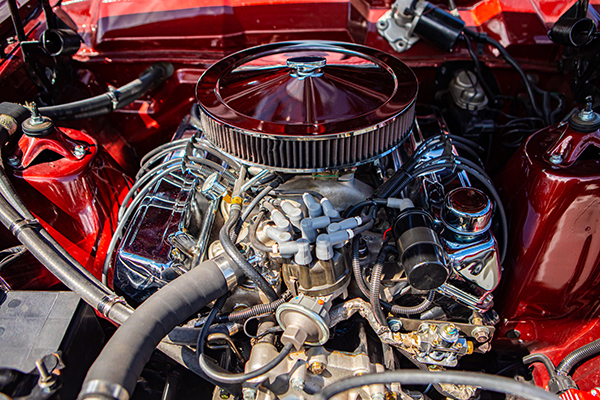
To compete in the event, the cars must have been originally equipped with four-barrel carburetion, dual exhaust and some other type of factory installed equipment that indicates the performance intention or image of the car. They must have originally had the minimum of a 12-month, 12,000-mile warranty, meaning these cars were intended for the mainstream.
If you’re thinking slow, make no mistake, these cars will run. Sure, we’re all aware of the dip in performance throughout the ‘70s, but there’s plenty of Detroit muscle that can lay down the law the way it rolled off the assembly line. For example, in last year’s race, a 1969 Chevrolet ZL-1 427/430 Camaro tripped an 11.71 at 119.74 mph. And, reproduction original or radial tires are all that’s allowed. No soft compounds, traction compounds, or softening chemicals are permitted. If there’s any suspicion, watch out for the durometer.
The rules are clear and from front-to-back, these cars must retain their all-original appearance and function. From body panels and ride height to paint colors, interior, and accessories like the radio, wipers, and heater, it all must be there and function properly – no gutted radios or heater boxes!
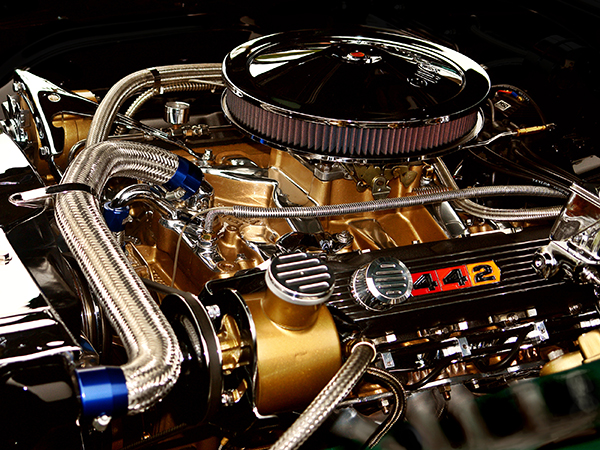
Here’s where it gets serious, building the engines. The rules are strict, and they put a whole different spin on the process. To start with, the engine must be factory correct for the year, model and advertised horsepower rating. Cylinder head, exhaust and intake manifold casting numbers must be correct for the year and horsepower rating. You are not allowed to perform any cylinder head modifications, including porting, bowl cutting, gasket matching, or oversized valves.
Cylinder heads may be milled however, to achieve the allowed compression over advertised – one of the rules that has a variance from true stock. All engines are allowed 1.5 points over the advertised compression ratio. This might seem unusual at first, but there’s a reason behind it.
When the PSMCDR was originally founded, it was a small event, but as it grew, it became necessary to put rules in place. To set the stage for what it was intended to be, the original rules prohibited headers, aftermarket intakes or carbs, different wheels, tires or paint jobs.
Many of the cars that came to race were old NHRA stockers put back to street form, and in order to build the event, they didn’t want to turn away cars. The former NHRA stockers fit the bill nicely, so they specified across the board that every engine could meet, but not exceed, the engine blueprint specifications for the NHRA stock class.
Over time, the NHRA loosened its grip on the teardown rules to check piston dome height, which opened the door for many builders to achieve much higher compression than allowed in the blueprint specifications. This created the argument that since all engines allowed in the PSMCDR could be built to NHRA blueprint specs and the NHRA wasn’t looking at dome height, that it was fair game to change.
But, this went against the idea of the Pure Stock Drags and to make sure it wasn’t being lost and that competition was fair, Jensen researched the stock advertised compression on every engine for every car that could enter the event.
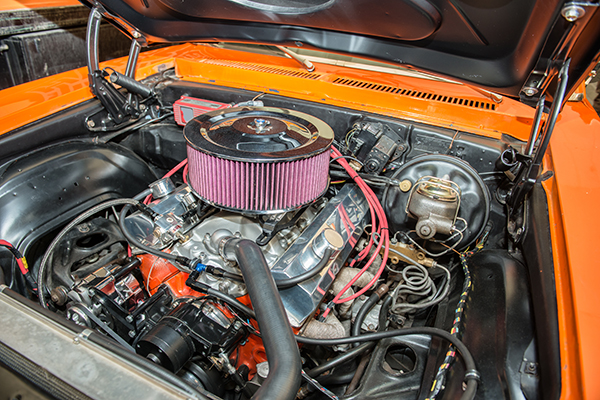
After documenting all the advertised compression ratios, Jensen documented the NHRA blueprint specs for each engine. He then averaged them both. The average of the advertised compression ratios was about 10:1, and the average compression ratio of NHRA blueprint specs was 11.5:1, so he decided to allow 1.5 points over stock.
This is an important aspect of the engine builds, because the NHRA blueprint specs have been subject to question over the years. These specs, which indicate the how the engine was originally built, were provided to the NHRA from the vehicle manufacturers, but there are noticeable discrepancies, primarily in the compression category.
“Some engines do not benefit from NHRA blueprinting,” says Jensen, “because the specs that were fed to NHRA from the manufacturer gave some cars an advantage back in the day.”
Jensen also pointed out that if a car owner decides to run a bigger dome than stock, which is allowed to achieve the maximum allowable compression ratio, they risk the negative affects that it may have on combustion chamber efficiency, so this is an important decision that must be balanced when building a pure stock muscle car engine.
Here are the rest of the rules affecting compression ratio:
- Engines with factory dished pistons are allowed to run either a smaller dish, a flat-top piston, or a small domed piston to achieve the maximum allowed compression ratio.
2. Engines with factory flat-top pistons are allowed to run a domed piston to achieve the maximum allowed compression ratio.
3. Engines with factory domed pistons must run a dome of equal or greater dome volume than stock to achieve the maximum allowed compression ratio.
If there’s any question of the advertised compression, make sure to contact the PSMCDR to make sure they agree, and when you’re selecting pistons, aftermarket pistons are allowed, but the rings can be no thinner than 1/16”, 1/16”, and 3/16” for the top, second and oil rings. Gas porting of the pistons is also not allowed, nor are metric or pressure-back type (Dykes or headland) rings.
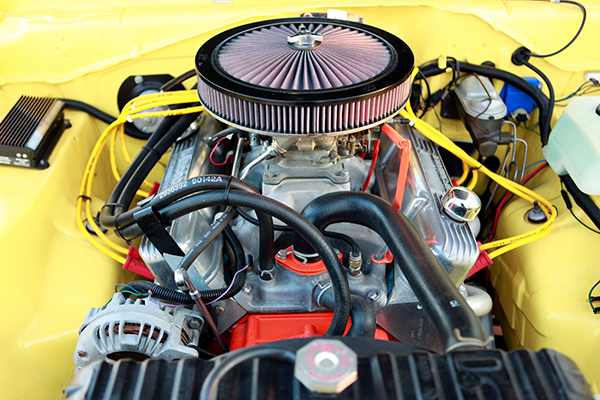
The engine block itself does not have to be “numbers matching,” but it does have to be the correct displacement for the year and model, and you are allowed up to .070˝ overbore. Only stock cranks are allowed; stroker kits, lightweight cranks and connecting rods, aluminum rods and smaller-than-stock rod journals are prohibited. There’s always a P&G gauge on hand for those who think they might get away with some trickery.
Careful camshaft selection is as important as every other aspect of building a pure stock muscle car engine. It must be correct for the year, model and horsepower claimed for the type of lifter. Duration at .050 lift must be within 1% of the factory specs; lift at the rocker arm must be within 2% of the factory specs. Solid lifter cams are checked at zero lash and roller cams are not allowed. The engines must be able to produce at least 16 inches of vacuum at 1,200 rpm, however, there were some factory produced engines that could not produce that much as new, and they will be given a variance to the rule. Roller cams are not allowed.
As you can probably guess by now, the valvetrain must be factory stock for the year, make and horsepower claimed. Rocker arm ratio must be correct, no aftermarket rockers of any type are allowed, and you must stick with the factory stamped steel or cast-iron rocker arms. Valve covers must be factory correct, but you are allowed to use poly-lock adjustable nuts, crimp nuts, and adjustable pushrods.
Lifters can only be the OEM style of replacement lifter. Shimmed hydraulic lifters or ceramic lifters are not allowed. The maximum allowed valve spring seat pressure is 130 lbs. If your car had a higher seat pressure, you must provide factory documentation of it. The factory valve spring configuration (single or dual) must be retained, and beehive springs, aluminum or titanium valve spring retainers are not allowed.
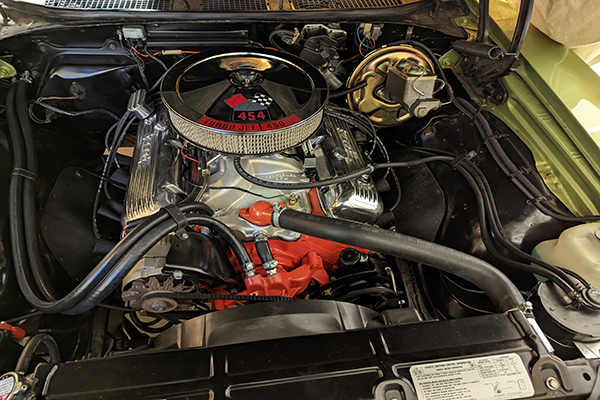
The ignition system must be stock including distributor cap, coil and wires, but you may replace the points with an electronic conversion, as long as it fits under the distributor cap. Rev limiters are allowed, but they can only be a rev limiter and nothing else. Replacement coils must be the correct shape, size and color and must be mounted in the correct location with the correct brackets.
Carburetors must be correct for the year, make, and horsepower, and the choke assembly must be in place and functional. Jetting and metering changes are permitted, but mechanical secondary carbs cannot be used if vacuum secondary carbs were original. The factory fuel pump must be retained, along with factory fuel lines of the correct size. The factory fuel tank must be the source of the go-juice, because no fuel cells are allowed.
Only factory air cleaners and air induction are allowed, and they must be in place. The air cleaner lid can be raised to a maximum of 1/2 inch.
Building an engine for the PSMCDR might seem like holding back what you know and what you have learned in the quest for horsepower. But, it also just might be a more interesting challenge, and one that leads to fun. To sum it up, Lyndon Hughes said, “You would have a ball!” EB

